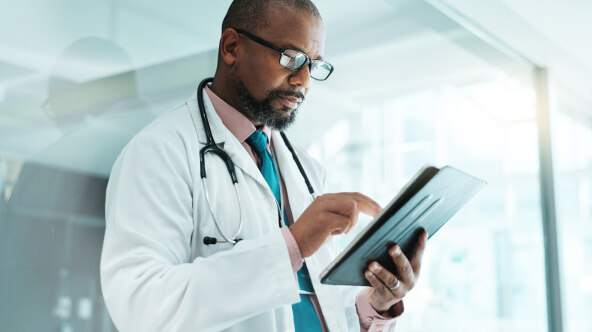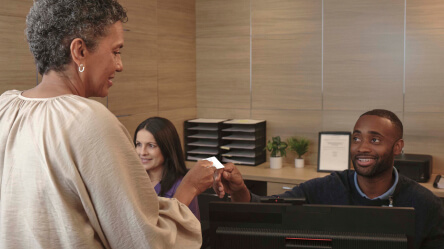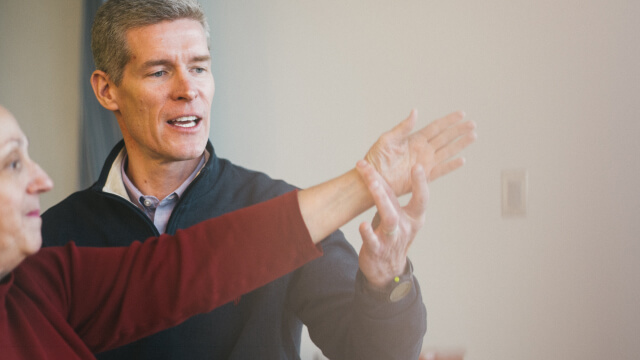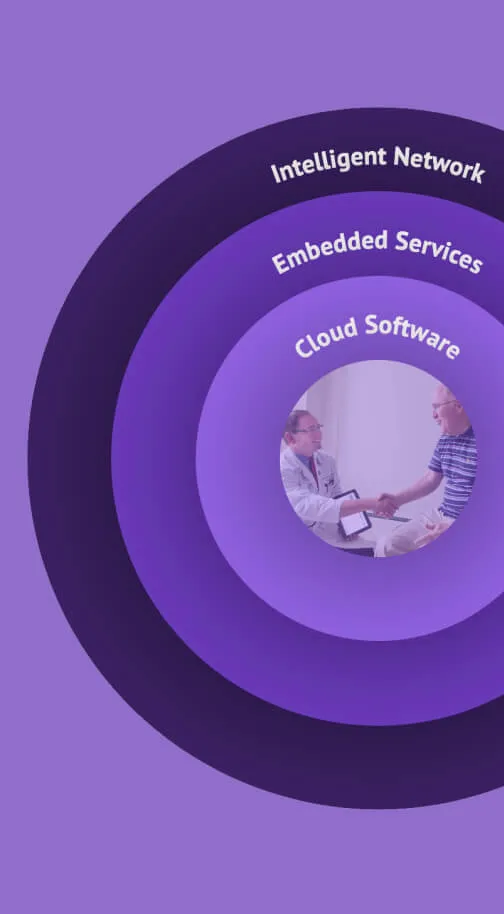Resource Center
All ContentBlogCase Studies
- Christy Maerz
- March 20, 2025
- 7 min read
Get crucial RCM metrics for better practice management
Discover how Insights Dashboards enable your practice to quickly and accurately measure performance. Read moreYou may also like

- athenahealth
- April 17, 2025
- 4 min read
advisory services
Advisory Services: Driving orthopedic practice efficiency
See how our Advisory Services team helped boost orthopedic practice performance at three organizations.
Read more 
- Alicia Bassolino
- April 22, 2025
- 7 min read
athenahealth research
AI moving from hype to habit in physician workflows
AI adoption is growing among physicians but varies among use cases and practice sizes. Learn more from our experts.
Read more 
- Christine Davis
- April 18, 2025
- 5 min read
practice management
Top 6 challenges of insurance verification
Patient insurance verification is key to getting paid for the care you deliver. Watch for these common pitfalls.
Read more 
orthopedics
Advisory Services automates reporting and accelerates insights
- 7%increase in return patient visits YoY
- 9%improvement in contractual adjustments YoY

- athenahealth
- April 17, 2025
- 4 min read
advisory services
Advisory Services: Driving orthopedic practice efficiency
See how our Advisory Services team helped boost orthopedic practice performance at three organizations.
Read more 
- Alicia Bassolino
- April 22, 2025
- 7 min read
athenahealth research
AI moving from hype to habit in physician workflows
AI adoption is growing among physicians but varies among use cases and practice sizes. Learn more from our experts.
Read more 
- Christine Davis
- April 18, 2025
- 5 min read
practice management
Top 6 challenges of insurance verification
Patient insurance verification is key to getting paid for the care you deliver. Watch for these common pitfalls.
Read more 
orthopedics
Advisory Services automates reporting and accelerates insights
- 7%increase in return patient visits YoY
- 9%improvement in contractual adjustments YoY

- athenahealth
- April 17, 2025
- 4 min read
advisory services
Advisory Services: Driving orthopedic practice efficiency
See how our Advisory Services team helped boost orthopedic practice performance at three organizations.
Read more Empower your practice

AI powered patient engagement
Learn how AI tools can help improve patient loyalty and outcomes.






